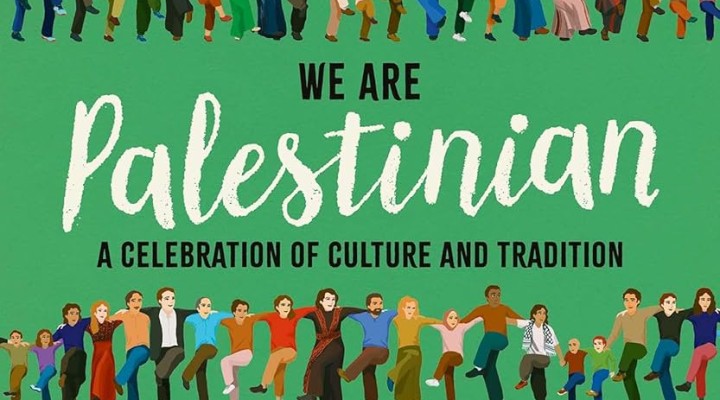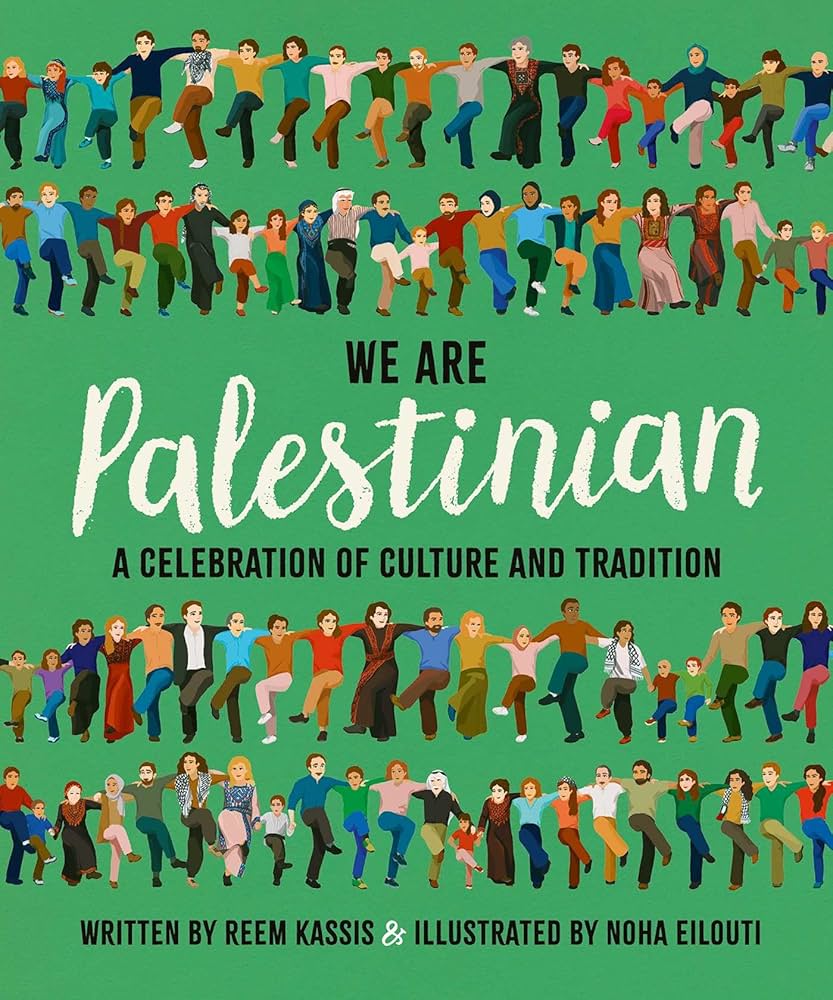We Are Palestinian: A Celebration of Culture and Tradition

- Book Author(s):Reem Kassis
- Published Date:2024
- Publisher:Interlink Books
- ISBN-13:9781623717254

“When I started to write this book, I imagined my daughters, two strong Palestinian girls, growing up away from their homeland. I wanted them to know how beautiful their culture is and that they can take part in and be proud of it no matter where they are in the world.” Reem Kassis’s introduction to her book, We Are Palestinian: A Celebration of Culture and Tradition (Interlink Books, 2024), speaks not only of the tenacity of the Palestinian people’s roots, but also to their displacement. This is not to say that, had there not been any displacement, such a book would not have any merit. But, in light of the Nakba, the Naksa and the current Israeli genocide in Gaza, remembering and celebrating Palestine has its own urgency. It needs to stand against Israel’s erasure.
Kassis’s book, written for children who are growing up away from Palestine, makes for a very accessible and interesting read. The text is accompanied by Noha Eilouti’s colourful illustrations, drawing the reader in, as much as the text does.
Land is the first subject tackled – a colourful exploration of Palestinian cities, towns and villages, all attesting to their unique heritage, despite some of them having been colonised by Israel. Kassis uses the Palestinian names for the colonised cities and towns and briefly discusses the impact of Israel’s colonisation and military occupation in a way that contextualises the present just enough for young readers living away from Palestine.
In interspersing culture and traditions with the reality of Zionist colonisation, Kassis gives the basic information necessary to instigate further questioning and interaction, while building the link between the land and Palestinians living in exile for generations. In discussing Yaffa, for example, Kassis notes that out of 80,000 Palestinians living in the city prior to the 1948 Nakba, only 4,000 remained, thus attesting to the ethnic cleansing of Palestinians.
The book goes on to discuss cultural symbols. “Because many Palestinians live outside of Palestine now, we hold on to these cultural symbols very strongly because they help us feel like we have pieces of our home everywhere in the world.” Kassis discusses the Palestinian national anthem and flag, Handala and the Tatreez embroidery and its symbolism in relation to towns and villages of origin, among others.
Another section is devoted to the diverse intellectual and creative Palestinian society, with the book discussing academics, artists, singers and writers. The book mentions Samiha Khalil, the first woman who contested the presidential elections in the Arab world and who ran for president in 1996 against PLO leader, Yasser Arafat. Shireen Abu Akleh, the Palestinian-American journalist killed by the Israeli military in Jenin, also gets a mention in the book. Noting that Abu Akleh wished to become an architect to “build things that would last forever”, Kassis chose to remember her thus: “Shireen did build something that would last forever. She documented decades of personal stories and histories that will never be forgotten, because Palestinian generations will always be able to read and hear her words.”
In her discussion of agriculture, Kassis discusses the culture of foraging and how integral it is to Palestinian communities. The book notes how resourceful Palestinians are and how nothing goes to waste, pointing towards a healthy relationship between society and the environment. The book discusses the village of Battir outside of Jerusalem, which uses a 2,000 year old irrigation system for its terraced fields. From agriculture, the book moves on to discuss the most famous Palestinian dishes – again blending food, society and culture in a way that gives a comprehensive account of Palestinian traditions.
The last two sections deal with performing arts, history and religion. Kassis touches upon Palestinian cinema, noting that in 2021, Netflix aired the “Palestinian Stories” collection. The Dabke is mentioned, and well-known Palestinian singers and musicians also feature in the book – besides Mohammed Asaf, Kassis mentions Dalal Abu Amneh, a singer from Nazareth who is also a neuroscientist. Abu Amneh is also credited with reviving Palestinian folksongs for a contemporary audience.
It is in the last section that the book comes to a discussion of the Palestinian people’s ethnic cleansing from their land in 1948 and 1967. “Today, Palestinians continue to advocate for an independent and free state to allow those who were expelled to return,” Kassis writes. After a succinct journey into the history and culture of Palestine and Palestinians, the return plays a significant role in bringing the book together. The vast and rich culture of Palestine, and Palestinians being deprived of their own homeland and the need to return to the roots, to flourish and create the permanence of the indigenous people and their heritage.
 TheAltWorld
TheAltWorld 
0 thoughts on “We Are Palestinian: A Celebration of Culture and Tradition”